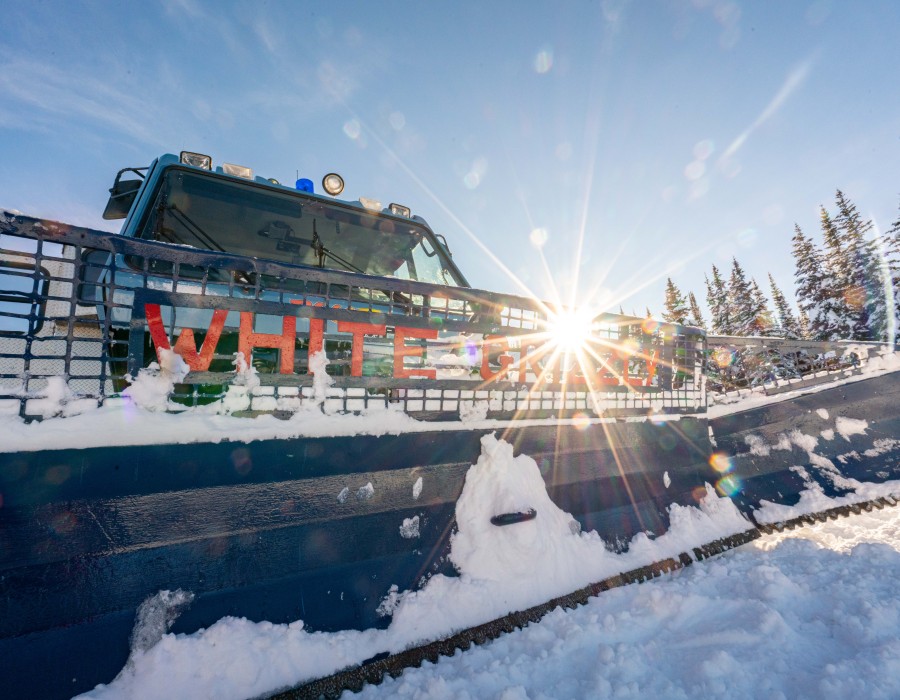Cat skiing in Whistler is an incredible way to experience deep powder and backcountry terrain. If you’re considering a trip or just curious about what makes Whistler a top destination for cat skiing, here's a simple guide with all the essential stats, facts, and data you need to know.
1. What is Cat Skiing?
Definition: Cat skiing involves using a snowcat—a large, tracked vehicle—to transport skiers to off-trail, untracked areas of snow. It’s a way to access backcountry terrain without the hike, offering fresh powder and exciting runs.
2. Why Choose Whistler for Cat Skiing?
Location: Whistler is located in British Columbia, Canada, and is renowned for its world-class skiing. It’s part of the Whistler Blackcomb resort, which is one of the largest ski resorts in North America.
Terrain: Whistler offers a variety of terrains, from gentle slopes to challenging steeps. The backcountry areas accessible by cat skiing whistler include open bowls, tree runs, and alpine terrain.
3. Key Stats
Season: The cat skiing season typically runs from December to April, with the best conditions often found from January to March.
Snowfall: Whistler receives an average snowfall of about 11 to 12 meters (35 to 40 feet) per season, providing plenty of powder for cat skiing.
Terrain: There are hundreds of acres of backcountry terrain available. The exact acreage can vary by operator, but it’s generally extensive.
Elevation: The resort base sits at around 2,214 feet (675 meters) above sea level, with peak elevations reaching over 7,160 feet (2,185 meters).
4. What to Expect
Guided Tours: Most cat skiing operations in Whistler are guided. Guides ensure safety, provide expert knowledge of the terrain, and help you find the best snow.
Groups: Typically, groups are small, often between 8 to 12 skiers per snowcat, allowing for a more personalized experience.
Gear: You’ll need standard ski gear, plus safety equipment like an avalanche beacon, probe, and shovel. Some operators provide this gear or have rental options available.
5. Costs
Price Range: Cat skiing in Whistler generally costs between $500 and $800 per day. This price can vary depending on the operator, group size, and inclusions like meals and gear.
Included: Most packages include a full day of cat skiing, guided services, and sometimes lunch. Be sure to check what’s included when booking.
6. Safety Measures
Training: Guides provide safety briefings and training on how to use avalanche safety gear. It’s crucial to follow their instructions and be aware of your surroundings.
Weather: Operators monitor weather conditions closely. If conditions become unsafe, they may adjust plans or cancel trips to ensure your safety.
7. Booking and Preparation
Reservations: It’s a good idea to book in advance, especially during peak season. Popular dates can fill up quickly.
Preparation: Dress in layers to adjust to changing conditions, and bring essentials like sunscreen, gloves, and goggles. Make sure your equipment is in good condition before your trip.
8. Additional Tips
Fitness: Cat skiing can be physically demanding. It helps to be in good shape and have some experience with skiing in off-piste conditions.
Weather: Be prepared for variable weather. Conditions can change quickly in the mountains, so flexibility is key.
Local Knowledge: Take advantage of the guides' local knowledge. They can offer insights into the best runs and provide tips to make your experience even better.
Conclusion
Cat skiing in Whistler is an exciting way to explore backcountry terrain and enjoy fresh powder. With its extensive snowfall, varied terrain, and expert guides, Whistler is a top destination for cat skiing enthusiasts. By understanding the key stats, costs, and safety measures, you’ll be well-prepared for an unforgettable adventure. Whether you're a seasoned skier or new to cat skiing, Whistler offers something special for everyone looking to experience the thrill of deep powder and stunning landscapes.





Comments